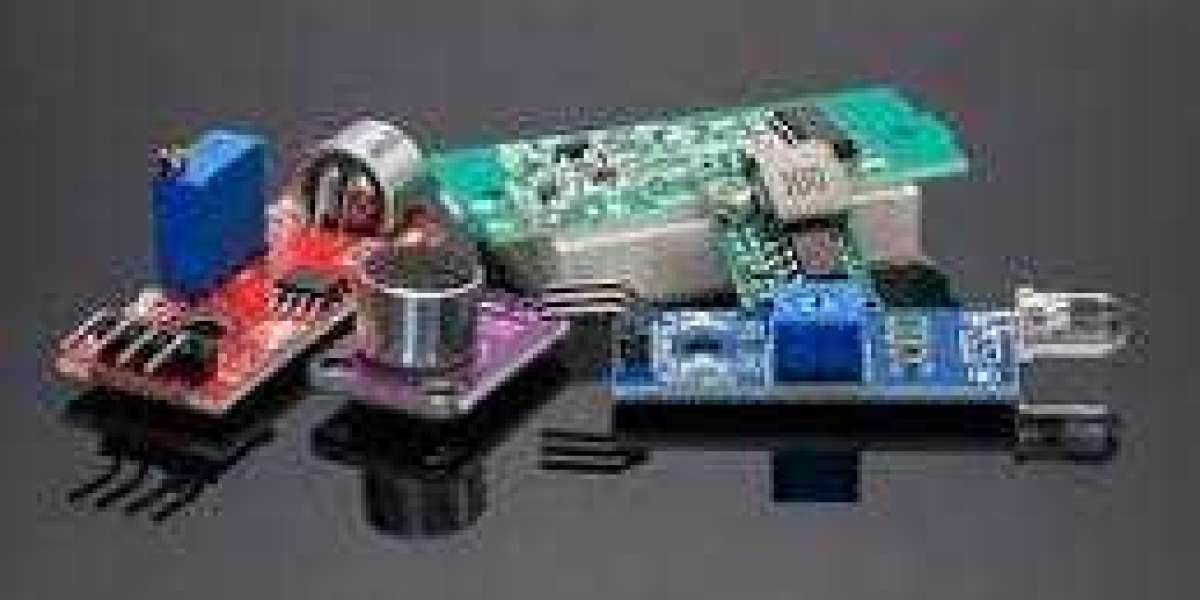In today’s fast-paced tech landscape, speed and innovation are critical to staying competitive. For companies developing electronic products—whether it's consumer gadgets, industrial control systems, or IoT devices—shortening the product development cycle is essential. One of the key factors in this acceleration is the use of PCB prototypes. These preliminary versions of printed circuit boards play a crucial role in refining designs, identifying issues early, and bringing products to market faster.
What Is a PCB Prototype?
A PCB prototype is a preliminary model of a printed circuit board that is used to test and validate a circuit design before full-scale production. It helps engineers and product developers visualize the physical and electrical performance of the circuit, allowing for real-world testing under operational conditions.
Unlike production PCBs that are manufactured in high volumes, prototypes are often produced in small batches. This allows companies to iterate quickly and efficiently, making necessary changes without committing to expensive manufacturing runs.
Speeding Up the Design Validation Process
The most immediate benefit of using PCB prototypes is the ability to validate a circuit design early in the development process. This helps teams detect errors in layout, component placement, or electrical functionality long before the product reaches mass production. Quick identification of design flaws means that engineers can revise and improve the board without wasting time or money.
By testing the functionality with a prototype, developers can ensure that the board performs as expected in terms of signal integrity, voltage levels, and power consumption. This real-world data helps reduce design uncertainties and accelerates the move to the final design.
Reducing Development Costs
While it may seem counterintuitive, producing PCB prototypes actually saves money in the long run. Catching and fixing issues early avoids costly errors during large-scale manufacturing. Without prototyping, a single mistake can result in thousands of defective units, leading to wasted materials, increased labor, and delayed product launches.
Moreover, a prototype allows for more efficient use of resources. Instead of reworking full production batches, engineers can make modifications on a small scale. This targeted iteration reduces the number of production runs and streamlines the entire development process.
Enabling Faster Iteration Cycles
Rapid prototyping enables teams to quickly move from one version of a design to the next. With advancements in quick-turn PCB fabrication and assembly services, turnaround times can be as short as 24 to 72 hours. This allows for multiple iterations within a short timeframe, promoting continuous improvement and innovation.
This faster feedback loop is particularly beneficial during the RD phase when exploring different configurations or trying out new components. It fosters a more agile development environment, where decisions are driven by data rather than assumptions.
Improving Communication Among Teams
PCB prototypes serve as tangible tools that bridge communication gaps between design engineers, project managers, clients, and manufacturing partners. Having a physical prototype on hand makes it easier to discuss functionality, design trade-offs, and potential improvements.
For clients or stakeholders unfamiliar with schematic diagrams or CAD layouts, a working prototype makes the design more accessible and understandable. This leads to faster approvals, fewer misunderstandings, and better alignment among all parties involved in the product development process.
Facilitating Compliance and Certification
Electronic products often need to meet regulatory standards for safety, electromagnetic compatibility (EMC), and environmental impact. With a PCB prototype, companies can conduct pre-compliance testing early in the development cycle. This proactive approach increases the likelihood of passing official certification processes, preventing last-minute redesigns or project delays.
Supporting Firmware and Software Development
Hardware and software development typically go hand in hand. A PCB prototype provides the necessary hardware environment for firmware testing and debugging. This allows software engineers to begin development in parallel with hardware design, ultimately reducing total project duration.
By identifying bugs and optimizing code on real hardware, the risk of integration issues is significantly minimized. This concurrent development approach accelerates time-to-market and enhances product reliability.
Conclusion
In a competitive electronics market, speed and precision are everything. Leveraging a PCB prototype allows developers to test, validate, and refine their designs with confidence. By catching errors early, supporting rapid iterations, and improving cross-functional communication, prototypes serve as a cornerstone in efficient electronic product development.
Whether you're a startup bringing a disruptive idea to life or a large manufacturer refining an existing design, incorporating prototyping into your development strategy can give you the edge needed to succeed. As prototyping technologies continue to advance, their role in shaping the future of electronics will only grow more significant.


![[Contact] Call Girls IN Dwarka Sector 8 |+91–9999273763 DELHI NCR](https://freakish.life/upload/photos/2024/12/l2RO76NDvjwBr3XYtSe9_20_b9b9e91731fe607aa973b5f820f0b623_image.jpg)